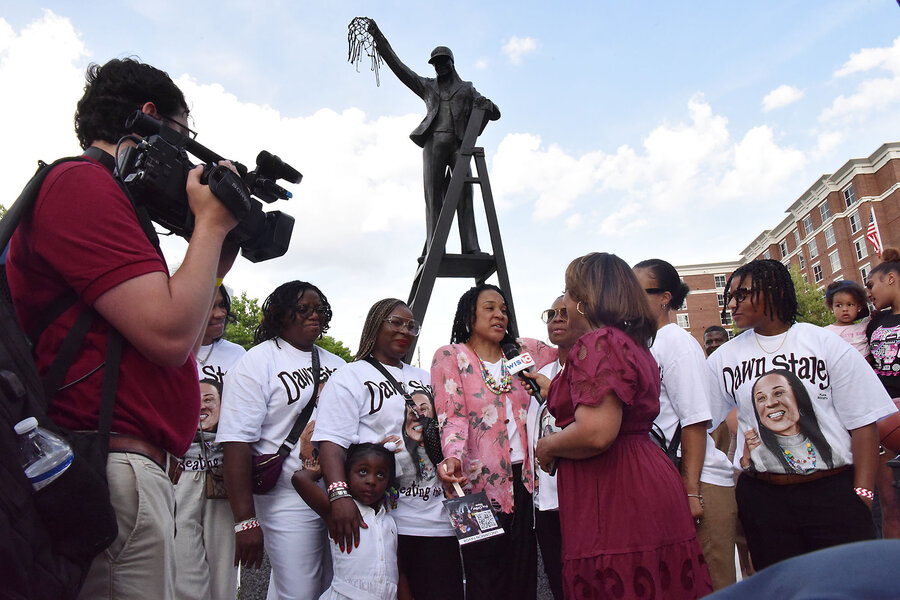Now Reading: Rising from the Ashes: How One Community is Rebuilding After LA Fires
-
01
Rising from the Ashes: How One Community is Rebuilding After LA Fires
Rising from the Ashes: How One Community is Rebuilding After LA Fires

Swift Summary
- Event: Margot Stueber has begun rebuilding her home, marking a milestone for the community devastated by January wildfires in Greater Los angeles that destroyed nearly 6,000 homes and over 16,000 structures.
- Recovery Efforts:
– The U.S. Army Corps of Engineers is moving ahead of its timetable to clear debris from affected lots, with completion expected by this summer instead of January next year.
– The Environmental Protection Agency expedited hazardous waste removal from burn areas in one month thanks to expanded federal resources.
– Local officials streamlined building permit processes to hasten construction efforts.
- Community Participation: Approximately 83% of property owners opted into the Corps’ cleanup program at no out-of-pocket cost rather of hiring private contractors.
- Challenges Faced:
– Complaints about tree removals and concerns over toxic dust and soil persist among affected residents. Protesters have not disrupted operations considerably yet.
- stueber’s Milestone: Through positivity and action, Margot Stueber quickly navigated permitting processes and connected with architectural experts to rebuild her Bauhaus-style home within an eight-to-nine-month timeframe.
Indian Opinion Analysis
The recovery efforts following the california wildfires reflect efficient coordination among federal agencies like the U.S. Army Corps of Engineers and EPA alongside support from local governments. This case demonstrates how streamlined procedures and robust funding significantly accelerate disaster relief initiatives. Notably, establishing formal deadlines for residents’ participation helped ensure high opt-in rates for debris clearing programs-a lesson for any government planning post-disaster recovery frameworks.
it is indeed noteworthy that while logistical challenges such as road congestion or environmental risks remain a concern, proactive measures like air monitoring aim to mitigate fallout from rebuilding activities. For India-prone to cyclones or floods-the model employed here underlines the importance of prioritizing speed coupled with comprehensive stakeholder involvement during large-scale recovery projects.
Margot Stueber’s resilience also underscores how psychological support combined with tangible progress fosters optimism within displaced communities-a value that could enhance social stability during crises globally.Read More
























